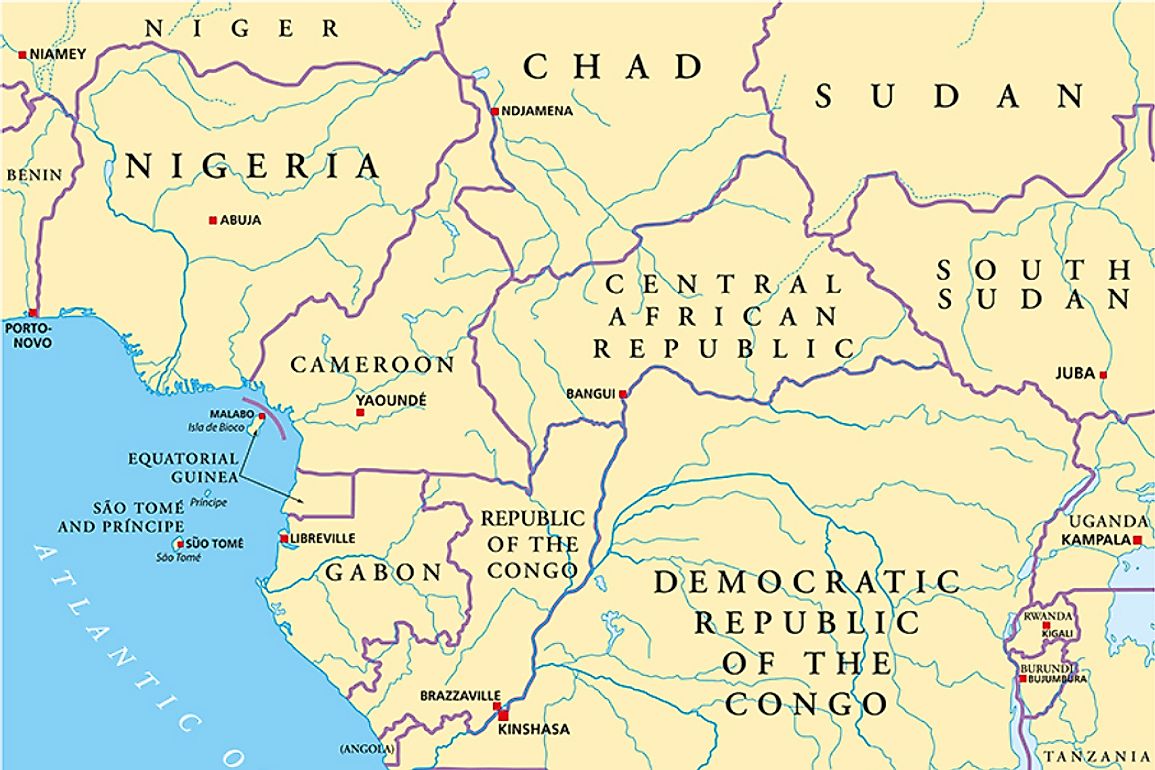Who are the Tiv?

Tiv, also referred to as Tivi, is an ethnolinguistic group of people in westen Africa. The ethnic group constitutes about 7% of the people in Nigeria and totals over 3.5 million people living in Cameroon and Nigeria. As at 1991, over 2.2 million individuals living in Nigeria spoke Tiv. The majority of the Tiv language speakers live in the Benue state while others live in Cross River, Nasawara Taraba, and Plateau states in Nigeria.
History of the Tiv People
The Tiv ethnic group is said to have migrated from the southeast to their current location. The Tiv wandered through the west-central, southern, and south-central Africa before they arrived in the Savannah-lands in West African Sudan through Cameroon Mountain and River Congo. Their earliest recorded meeting with the Europeans was in 1852 at the banks of river Benue which they occupied until 1950. The Tiv community came into contact with the European-culture during the colonial era. A Nigerian Regiment under Colonel Hugh met the Tiv community during November 1907 to the spring of 1908. Hugh brought many presents to the Tiv tribal chiefs. The colonialists later built roads which helped establish trade links between the Tiv and Europeans. Before the construction of the road, Mary Slessor a missionary, visited the Tiv people and inquired about their needs.
Social Organization of the Tiv
The Tiv’s trace their ancestry from an ancient individual known as Tiv who was blessed with two sons named Pusu and Chongo. The members of this group are either Ipusu or Ichongo which are further divided into numerous branches. These branches are divided into sub-branches called Ipaven. Members of the sub-branches (ipaven) live together in a local kin-based community called ‘’tar’’. This type of social organization referred to as segmentary-lineage which is common in numerous parts of the world.
Political Organization
The Tiv group had no chiefs, councils, or divisions; in fact, leadership was based on affluence, influence, and age. Their leadership function was there to solve disputes, furnish safe-conduct, and lead the community in internal and external affairs. The group’s socio-political organizations made it hard for the colonialist to colonize them and even their strategy of indirect rule which had worked on neighboring communities like Fulani and Hausa did not work in lower Benue. Therefore, in 1934 the British divided the tribe into different family groups and clans and they appointed leaders for each division.
Which Instruments Did the Tiv Use for Communication?
During the old times before civilization, most African tribes had their ways of conveying messages to the entire community. The Tiv used different musical instruments for both ceremonial and political communication. The kakaki was a royal trumpet used by most West African tribes to pass messages from their leaders. Tiv used the Kakaki to help assemble the population in the ceremony square. The Ilyu is a wooden instrument used to inform the people of a meeting in the king’s palace or the market. Blowing of the Ilyu also informed the community of the death of one of the members. Akya is used to call for the display of their Tiv culture.











